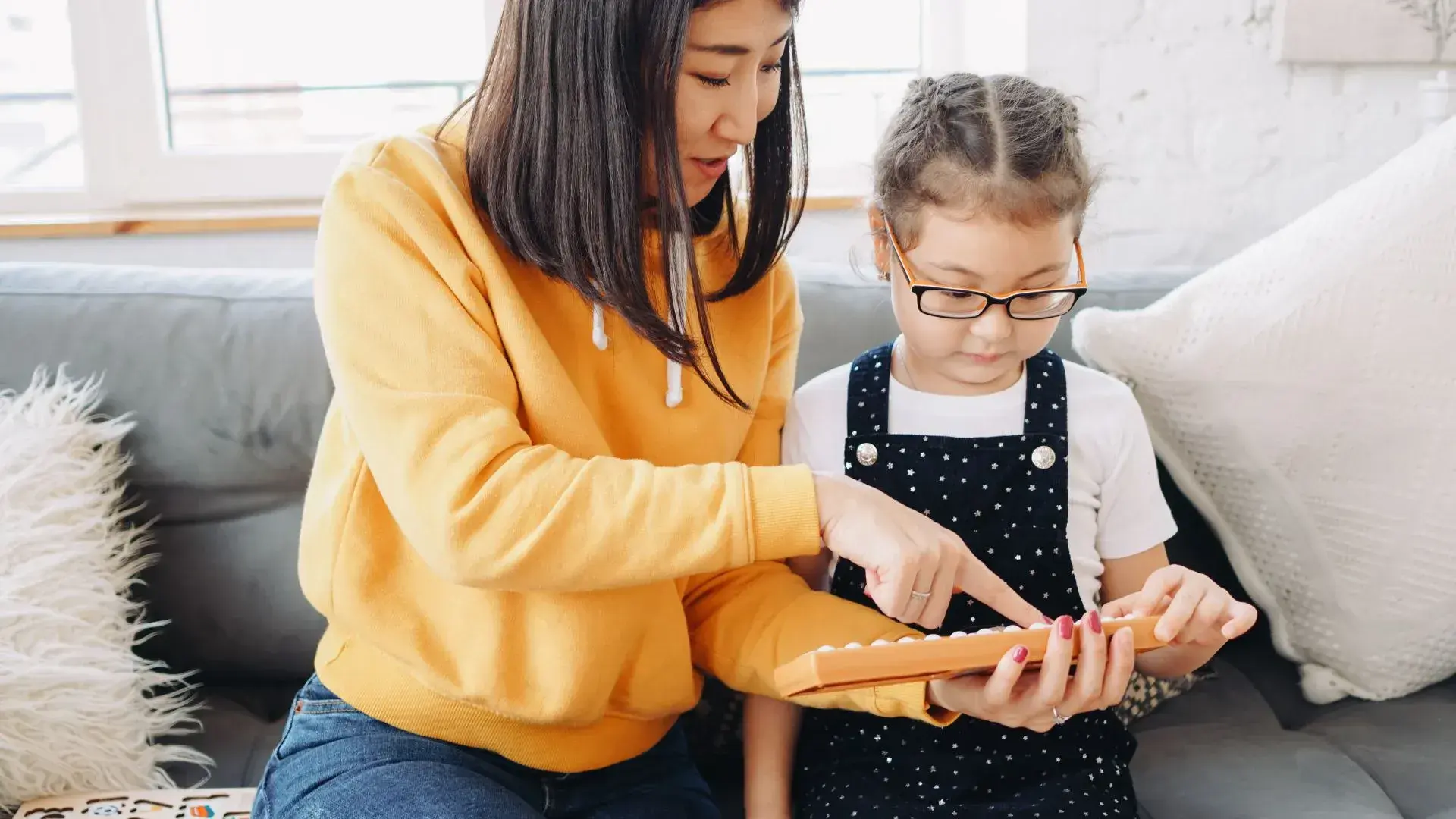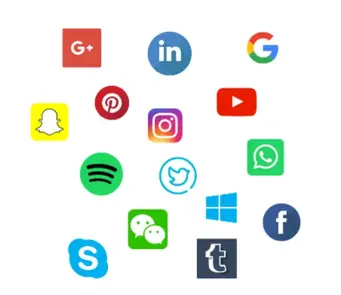
Written by: Kim LeFevre
October 13, 2022
“We live in a world of distraction,” declares Maryanne Wolf in her book Reader, Come Home. The truth of this resonates with me. I often feel as though my day was too short, I didn’t achieve half of what I had hoped, and I am weary beyond what is warranted. Seemingly unending emails, constant text messages, and a plethora of social media with which I will not engage…how can a person keep up and live any kind of life? I wonder if the demands of being ‘connected’ ensure that one cannot connect to oneself….
Last week, during a group discussion, someone made a reference to digital natives. I was not familiar with this term. So, I Googled it (oh, the irony) and, in doing so, came upon a second term - digital immigrants. That is me. I recognized this fact immediately. Even though I didn’t leave my home and bravely head into uncharted territory, the world around me was remade while I was trying to figure out which remote needed to be used to change the TV channel.
I am a digital immigrant, and the students I work with are digital natives. In a very real sense, we inhabit the same space in current culture in very different ways - essentially, we inhabit two different worlds. Digital Immigrants are defined as those who were born before 1980. They are often unaware of new technology and how to use it. Instead, they use books, pens, and pencils. They learn from a teacher in a traditional classroom and read books regularly. They live in a world with lakes of information and can choose to drink deeply or not. Digital natives, in contrast, were born after 1980 and are immersed in the digital world and use computers and mobile tools as their main forms of communication. They rely on social networks and prefer learning in connectivist environments and constructivist classrooms. (Firhat, 2013). Their world is a surging ocean, and everyone is a beachgoer. Undoubtedly, each world has its pros and cons, and the best-case scenario would have us standing with a foot in each, pros abounding. But that is a difficult undertaking for most of us because the brain circuitry required for life in each world is quite different. The truth is that our students’ experiences of reading, apart from any learning differences, are dramatically different from those of us born before 1980. What has been affected is the quality of reading, rather than the amount, along with some unforeseen changes in attention which are driven by immersion in technology.
Because of the pervasiveness of video gaming and platforms like YouTube, I had come to believe that students were reading less. In fact, the opposite may be closer to the truth. “The reality at this point is that we have become so inundated with information that the average person in the United States now reads daily the same number of words as is found in many a novel. Unfortunately, this form of reading is rarely continuous, sustained, or concentrated; rather, the average 34 gigabytes consumed by most of us represent one spasmodic burst of activity after another” (Wolfe, 2018). This likely this applies to our students as well. Because of the prevalence of technology, our children are likely to read as much, if not more, than those of previous generations. It is the quality of reading that is at issue. “Digital natives prefer sprite graphics to texts while reading a text, and they also prefer to progress by randomly jumping from one place to another in modules rather than linear progression (Prensky, 2001b; Tapscott, 2009). Moreover, as digital natives are so engaged with technology, their learning approach has suffered some radical changes. As highlighted by Bayn and Ross (2007), the most prominent differences are related to access speed, instant pleasure, impatience in linear thinking, and multitasking or continuous partial attention” (Firat, 2013). This ability to have immediate access to information, more than can even be processed, has affected our students’ ability to read deeply and consider the context. Quality of attention has also suffered, and terms such as ‘hyperattention’ and ‘continuous partial attention’ have been coined to describe the effects of successful digital immersion.
Wolfe (2018) cites Katherine Hayles’ characterization of hyperattention as “a phenomenon caused by (and then adding to the need for) rapid task switching, high levels of stimulation, and a low-level threshold of boredom.” By all accounts, this erodes cognitive persistence, which is what we, as NILD educational therapists, are trying to build in our students.
“Continuous partial attention is a concept that expresses the state of being in communication and interaction with everything but truly staying focused on nothing” (Firhat, 2013). An example would be sitting in front of your laptop, chatting with the person next to you while waiting for an important email and hearing your phone ping a text message alert. Don’t be mistaken. We don’t have to try to take note of all these things intentionally. Information now comes looking for us. Even while doing a bit of research or watching a YouTube video, unsolicited information appears on our screens, promising answers to questions we did not know we needed to ask. How can we resist ‘clicking’ our way to a wealth of knowledge? “CPA affects our perception of everything around us and weakens our ability to make connections and perform analytical tasks. “[It] forms a high level of stress in the human brain (Small & Vorgan, 2008a).Therefore, individuals addicted to the internet have no time to react, focus on anything, or decide thoughtfully; instead, they live in a permanent crisis and anticipation of a new friend or a new yet insincere message. This situation becomes irresistible after a while” (Firhat, 2013). How can we combat this? Firhat (2013) recommends that those immersed in technology and practicing CPA must develop self-regulation and self-control skills by limiting what they attend to.
As NILD educational therapists who address the needs of students with learning differences and place much stock in neuroplasticity, we can see how digital culture itself is making our work more necessary. Wolfe (2018) notes in relation to neuroplasticity concepts that “the more we read digitally, the more our underlying brain circuitry reflects the characteristics of that medium” and notes that “Our reading-brain circuit is the sum of many processes, most of which are continuously being shaped by the environmental demands placed on them-or not.”
So herein lies the conundrum. If my students are to succeed in their current education and work culture, they will need to be able to remain afloat on the incoming waves of information and the expectation that they are ‘connected’ at all times. Unfortunately, these expectations appear to create neural networks that impede attention and cognitive persistence. While no remedy is being espoused for this issue and research is currently being done regarding it, it is safe to say that NILD Educational Therapy™ is needed now more than ever. Furthermore, the need will apply across the board - even to the point of self-awareness in our own attempts to keep a foot in each world. At what cost have we gained access to unlimited information? Isn’t the most important thing the processing of information that we acquire rather than the amount of information we take in? But in this information deluge, keeping the most important thing first is hard. Deciding which information is essential can be a full-time job. Who has time to process and contemplate all the fragments that make up this incoming tide? It’s a weighty subject and something to consider… later…right now, I have emails to attend to.

Kim LeFevre, PCET
References:
Firat, M. (2013). Multitasking or continuous partial attention: A critical bottleneck for digital natives. Turkish Online Journal of Distance Education. https://dergipark.org.tr/en/download/article-file/155796
Wolf, Maryanne. (2018) Reader, come home: The reading brain in a digital world. Harper.